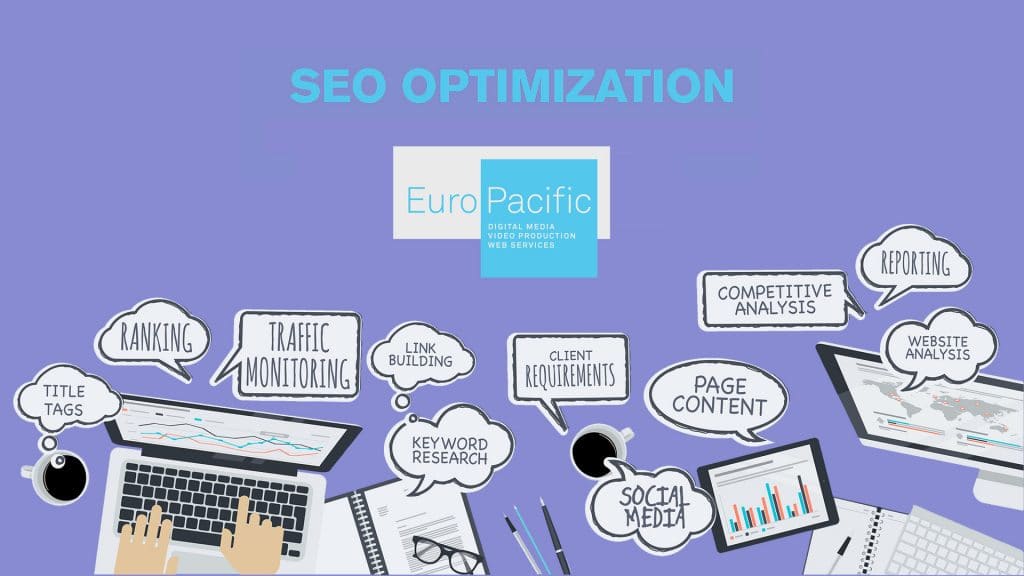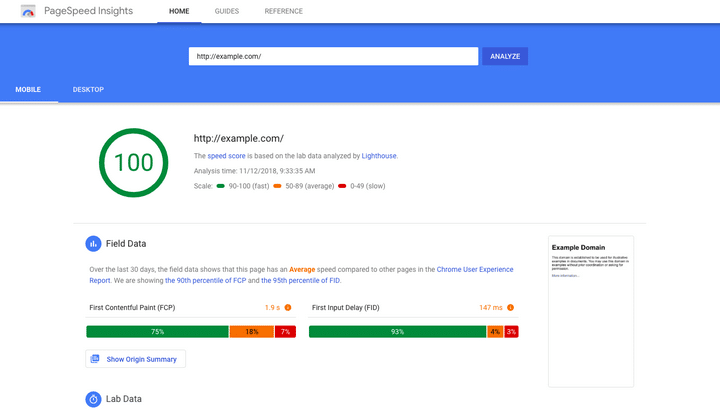What is SEO?
SEO it is one of those things you see mentioned in junk emails all the time, saying “you are not showing in Google”, “let us fix your SEO”, “we can put you on page one of Google” or “we can get you to the top on Google results”.
SEO is an acronym for Search Engine Optimization, which is the practice of increasing the quantity and quality of traffic to your website through organic search engine results. You’ll often hear people talk about SEO in relationship to organic search or paid search, but what exactly is the difference?
Organic Search Results
Organic search results traffic is any traffic that you don’t have to pay for, so when your website shows up in the search results, that is organic results or “free” results. Generally, the results that are displayed at the top, the side and bottom of the search engine results pages (SERPs) with a little tag next them that says “ad”, are paid advertising results. Ads make up a significant portion of most SERPs.
Quality Search verses Quantity Results
Quality of traffic is really important. You can attract all the visitors in the world, but if they’re coming to your site because Google tells them that you’re a resource for Android Phones, when really you’re in fact a manufacturer of android robots, that is not quality search results traffic. You really need to attract and target web visitors that are looking for the products or services that you offer.
Quantity of traffic is when you get many visits from search results to you site. When the majority of those visitors are staying on your site, that means that you are getting the right people clicking on those search engine results pages and visiting your website, so more quality traffic is better. However, if you are getting a high bounce rate (where visitors leave leave your site as soon as they arrive), then the search results traffic quality is bad and the quantity of traffic is irrelevant. Getting 1oo engaged visitors is way better than getting 5,000 visits from people who are not interested in your product or services, and leave the site within seconds of arriving.
 Optimization and Content Equals Quality Search Results
Optimization and Content Equals Quality Search Results
The optimization part of SEO is where the importance of your web page content comes into play. There are many good reference websites with information on how to improve your SEO, or you can hire a SEO specialist such as Euro-Pacific Digital Media, but a lot of SEO really is just common sense and basic marketing content. When creating content for your website, spending a few minutes to plan your content layout and site keywords will get you in the right direction.
Whether doing your own SEO or writing your own site content, the first thing you’ll need is to write page content that is clear, concise and it tells the audience your story quickly and clearly. Structure your content by categories, if for example, you are manufacturing robotic systems, list at least five main steps in the design or build process, making these keywords section headlines. Next, write the content for each section, being as descriptive as you can. Incorporate phrases, keywords and terms that your industry uses to describe the process. Your content should be at least 600 words per page and the title less than 60 characters. If you are not a great writer, have a content specialist edit your document and clean up the text.
From a technical point, each page should have only one H1 title which should be the main title of the page. If you are using a website builder program or a CMS such as WordPress, these all have a way to apply the H1 title code to the selected text. Structure you page with H2 tags for each of the additional section headlines, and make the text content as paragraphs. If you have a H2 title and then put a sub title under that H2 title, make that sub-title a H3 title. This structure tells the search engine how to handle the content on your site.
After writing the content for your page, optimization can take many forms. It’s everything from making sure the title tags and meta descriptions are both informative and the right length. Also add internal links from phrases pointing to pages on the site, and external links to outside content or links, for example “click here to get website templates at Euro-Pacific“.
If you have pictures on the page, they should include a title describing the image, and there should also be an “alt title” with a description including the keyword for the section that the image is related to from an SEO point of view.
Schema and Local SEO
If you are a “local business” where you are getting most customers within 10 miles of your location, then make sure that your address and phone are clearly shown. You should also add schema LocalBusiness. Some examples of LocalBusiness include a restaurant, a particular branch of a restaurant chain, a branch of a bank, a medical practice, a club, etc. A schema is behind the scenes code that gives Google and other search engines more information about your website. The most common form of schema markup is known as rich snippets. On the website, schema is metadata that tells search engines how the website data is structured. Many platforms like WordPress and Website-builder include some schema automatically. You can find a full list of the schemas for structured data on the Internet, on web pages, in email messages and more at schema.org.
 Page Ranking on Google
Page Ranking on Google
Remember that Google ranks pages highly as it has determined the page has the best answers to the searcher’s questions. There is no magic trick, just have good content that explains what your message is and don’t over-use keywords, each primary keyword only needs to be there once. Another important item is the load speed of your website. You can test the load speed of your site at PageSpeed Insights (google.com). PageSpeed Insights (PSI) reports on the performance of a page on both mobile and desktop devices, and provides suggestions on how that page may be improved.
You should build a website to benefit your users, and any optimization should be geared toward making the user experience better. Remember that one of those users is a search engine such as Google or Bing, and they help other users discover your content. Search Engine Optimization is about helping search engines understand and to display your content.
